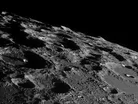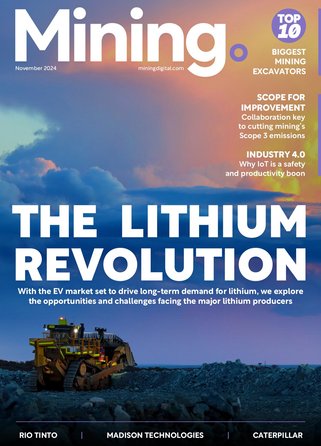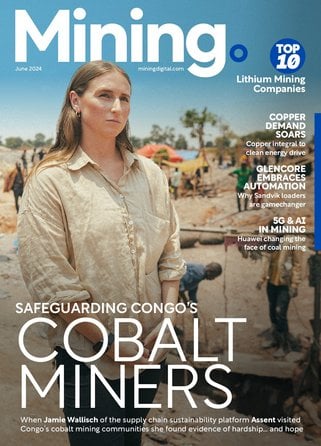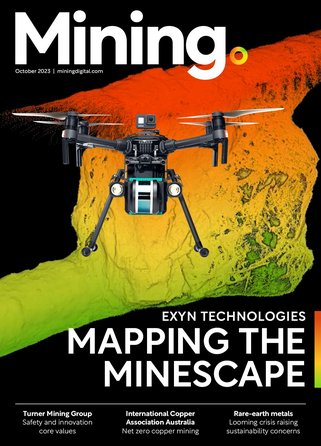Moon Mining: What is the Payoff?

Mining the moon has been a hot topic of late, and for good reason. The potential for a bountiful, treasure-trove of untapped resources has many companies pondering the possibilities. Is the moon ripe for the picking of rare elements, and if so, what is the payoff?
Ian Crawford, a professor of planetary science and astrobiology at Birkbeck College, London has published a new assessment of whether or not there’s an economic case for mining the moon. Although it’s hard to identify any single lunar resource, Crawford says the moon does possess an abundant of raw materials that are of potential economic interest.
According to Crawford, the overall case for any future payoff from capitalizing on the moon’s resources has yet to be made.
"If the moon's resources are going to be helpful, they are going to be helpful beyond the surface of the moon itself.”
"It's quite complicated," he told Space.com. "It's not simple at all."

One of the biggest attractions moon mining holds is helium-3. The isotope of helium, which gets embedded in the upper layer of lunar regolith by the solar wind over billions of years, could be pivotal in powering still-to-be-built nuclear fusion reactors here on Earth. Like fossil fuels, however, the substance is a limited resource.
"It's a fossil fuel reserve. Like mining all the coal or mining all the oil, once you've mined it … it's gone," Crawford said.
"It's possible that helium-3 and other solar-wind–implanted ions, like hydrogen, may be in a higher abundance in the cold regolith near the lunar poles. That would be an important measurement to make and would require a polar lander," Crawford said.
Aside from helium-3, the prospect for other minerals is another possibility.
According to Crawford, the moon could also harbor other rare earth elements such as uranium and thorium, including other elements we’re unfamiliar with.
"It's entirely possible that when we really explore the moon properly we will find higher concentrations of some of these materials … materials that are not resolvable by orbital remote sensing," Crawford said.
He added, "To explore the whole moon at the level of detail required, that's a big undertaking. But long term, we should be keeping an open mind to that."
- Brightstar, Eldridge and Claure acquire AusencoSupply Chain & Operations
- First Quantum contracts with MECS to cut emissionsSupply Chain & Operations
- US invests $32m to strengthen critical mineral supply chainsSupply Chain & Operations
- Tin production at Andrada Mining reaches record levelsSupply Chain & Operations



